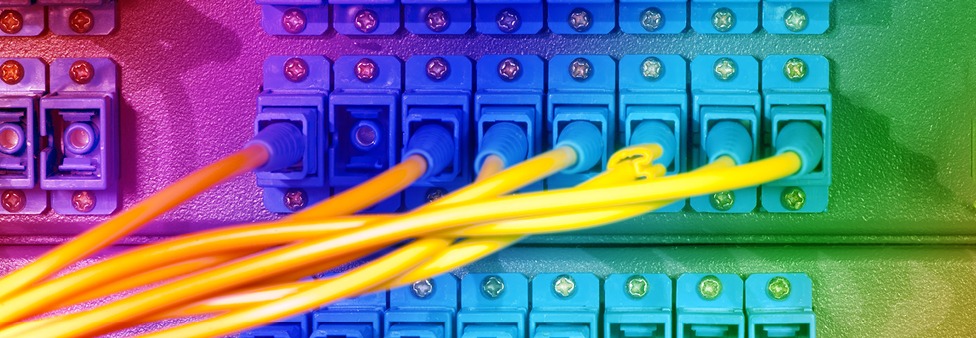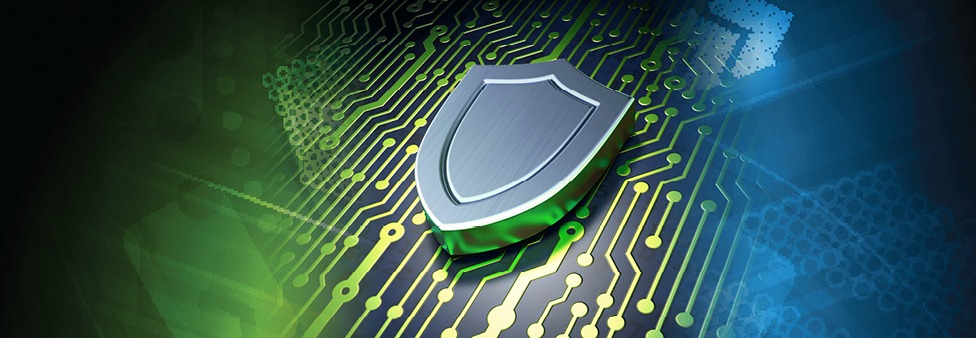Internet Technologies
We provide resources that are easy to understand and quickly actionable by the professionals responsible for the implementation of new technologies and standards. We aim to bridge the gap between the IETF standards process and final adoption of those standards by the global operations community.
For more than 7 years, we had been providing real-world deployment information for key Internet technologies as a part of the Deploy360 Programme. However, the programme was sunset in 2019. Currently, our Measuring the Internet project focuses on Enabling technologies and our MANRS project on improving the security and resilience of the Internet’s global routing system.







Not sure where to begin?
No matter if you are a network operator, an enterprise or a campus network, a developer or a website owner or your company is a manufacturer of consumer electronic devices or your organization is a domain name registrar, we’ve got you covered! Get started with the set of pages tailored just for you.